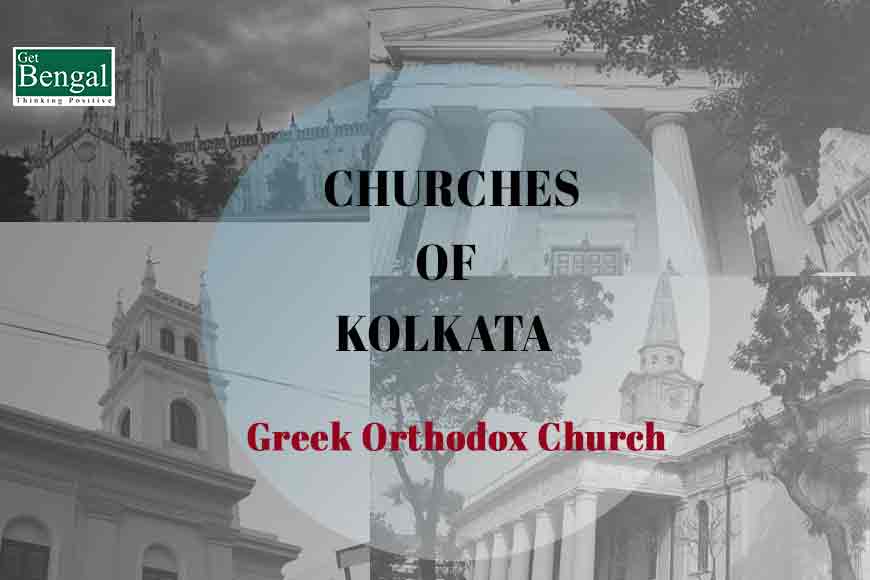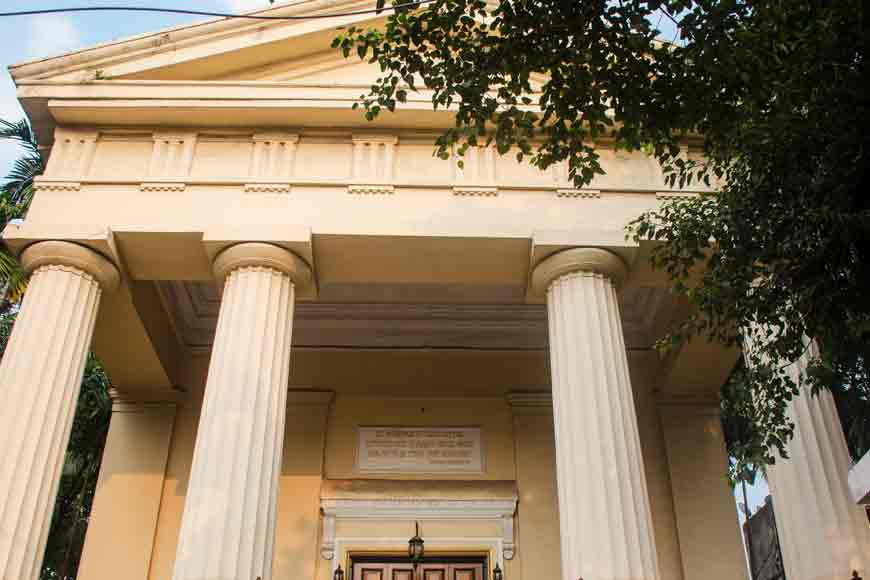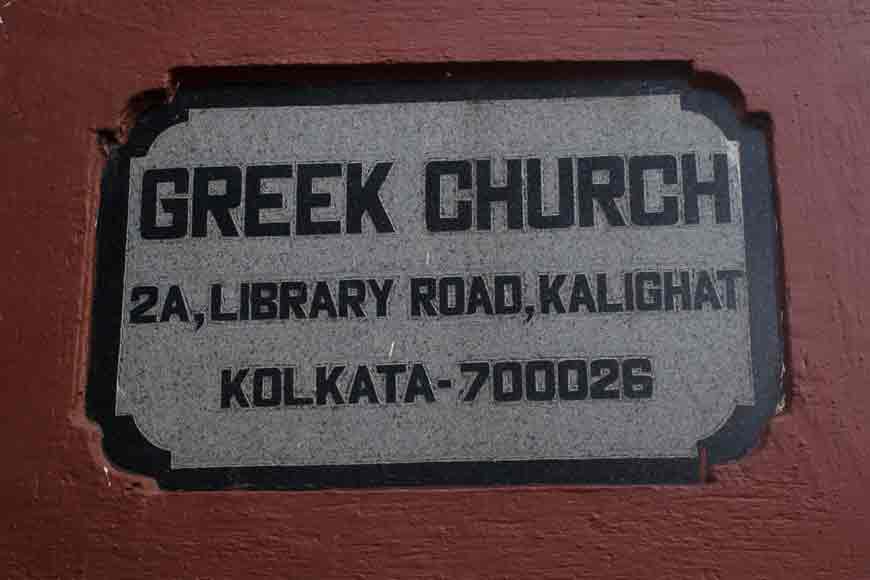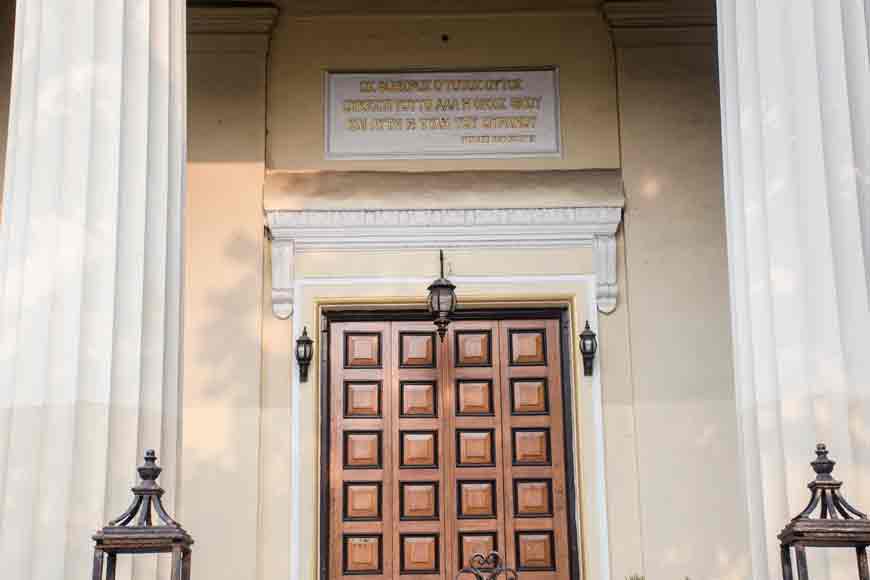What lies behind the Doric columns of Greek Orthodox Church?

Amidst the chaos and din of Kalighat tram depot, stands an imposing building with majestic Doric columns. This is the Orthodox Greek Church of Kolkata, that is not just an oasis of peace and tranquillity, but also bears testimony of a legacy between Kolkata and the Greeks.

Greeks migrated to India after the Ottoman and Turkish invasions in the 16th century. There is now tangible evidence indicating that the settlement of Greek merchants in Bengal must have begun as early as the beginning of the 17th century. This is substantiated by the discovery of two Greek tombstones, dated 1713 and 1728, and preserved in the aisles of the Catholic Cathedral of the Virgin Mary of the Rosary in Murgihatta of Kolkata.

Many Greek families migrated to Bengal, mainly from the rich commercial Greek cities of Adrianoupolis and Philippoupolis, when their properties were destroyed during the Turkish-Russian War of 1774. Another steady stream of immigrants arrived in the Eastern ports of India on the ships which carried British colonialists from the Ionian Islands as well as from Greek cities in Cappadocia and Aegean Islands. In the beginning of the 19th century the Greek community in Bengal comprised of about 120 families. Kolkata had a sizeable Greek community, mostly a close-knit clan of noble families from Chios, pursuing trade with the British.
Like most Europeans, the Greeks came to Kolkata to try their fortunes here and made the city their second home. They flourished in the business of jute and spices. But most of them left after India’s Independence. During their stay in Kolkata, the prosperous mercantile community constructed this church, one of the most carefully maintained buildings in the city. The first Greek Orthodox Church of Kolkata came up in 1752, but it was soon abandoned. During the time of Warren Hastings, the second Greek Orthodox Church came up in Amratala area and was opened to public in 1781. In 1924, during the reign of King Geroge V, Greeks shifted their church for the second time close to Kalighat. The foundation stone of the church was laid on November 3, 1924 and the first prayer was held on November 19, 1925. This is the very church one gets to see when you pass by.

At present, the church is maintained by the Greek Embassy in Delhi. The Greek Church was shut down in 1960, after Archimandrite Athanassios Alexiou had blessed the last Greek immigrant, who left for a new permanent residence in Greece and England. Nine years later, Father Kallistratos Adamou came from Australia on a two-year agreement to re-open the church. He arrived in October 1969, when only two Greek men and their families lived in Kolkata. However, the Kolkata port received about 50 Greek ships every month and some of their sailors would visit and assist him in his work in the church. Efforts at revival came to a stop in 1972 and the church was shut down. Father Ignatios Pavlos Sennis, a Greek monk from the monastery of Stavronikita on Mount Athos, was appointed by the Ecumenical Patriarchate of Constantinople to take over the management of the Greek Orthodox Church in Kolkata in the 1990s. Initially, he restored the building and began a substantial and extensive social welfare mission in Calcutta and its surrounding territories. Some of his works are still on, however with the leaving of the last of the Greeks, the fate of this ancient church of Kolkata lies in the dark.
Photo Credit -Shrabana Bhunia









